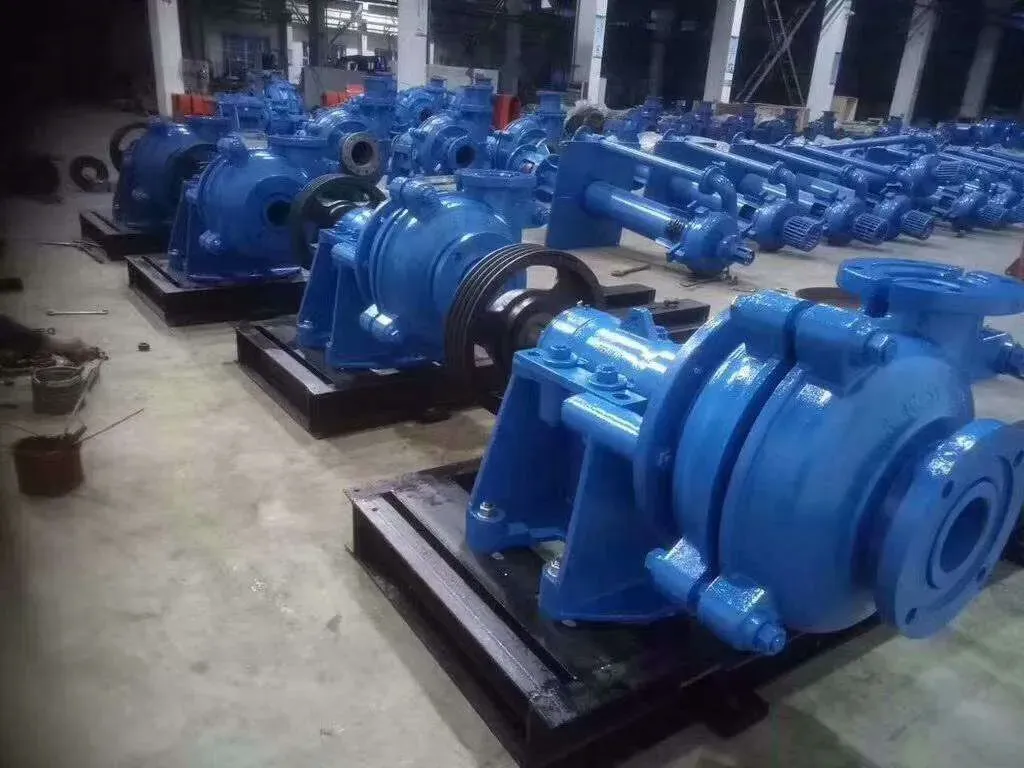Malgashi
- Afrikaans
- Albanian
- Amharic
- Arabic
- Armenian
- Azerbaijani
- Basque
- Belarusian
- Bengali
- Bosnian
- Bulgarian
- Catalan
- Cebuano
- Corsican
- Croatian
- Czech
- Danish
- Dutch
- English
- Esperanto
- Estonian
- Finnish
- French
- Frisian
- Galician
- Georgian
- German
- Greek
- Gujarati
- Haitian Creole
- hausa
- hawaiian
- Hebrew
- Hindi
- Miao
- Hungarian
- Icelandic
- igbo
- Indonesian
- irish
- Italian
- Japanese
- Javanese
- Kannada
- kazakh
- Khmer
- Rwandese
- Korean
- Kurdish
- Kyrgyz
- Lao
- Latin
- Latvian
- Lithuanian
- Luxembourgish
- Macedonian
- Malgashi
- Malay
- Malayalam
- Maltese
- Maori
- Marathi
- Mongolian
- Myanmar
- Nepali
- Norwegian
- Norwegian
- Occitan
- Pashto
- Persian
- Polish
- Portuguese
- Punjabi
- Romanian
- Russian
- Samoan
- Scottish Gaelic
- Serbian
- Sesotho
- Shona
- Sindhi
- Sinhala
- Slovak
- Slovenian
- Somali
- Spanish
- Sundanese
- Swahili
- Swedish
- Tagalog
- Tajik
- Tamil
- Tatar
- Telugu
- Thai
- Turkish
- Turkmen
- Ukrainian
- Urdu
- Uighur
- Uzbek
- Vietnamese
- Welsh
- Bantu
- Yiddish
- Yoruba
- Zulu
Telephone: +86 13120555503
Email: frank@cypump.com
Oct . 02, 2024 13:54 Back to list
Calculating Power Requirements for Slurry Pumps in Industrial Applications
Understanding Slurry Pump Power Calculation
Slurry pumps are essential in various industries, particularly in mining, chemical processing, and wastewater management. They are designed to handle mixtures of liquid and solid particles, which makes their power calculation critical for ensuring optimal performance and efficiency. In this article, we will explore the key factors involved in slurry pump power calculation and its significance in the operational context.
What is a Slurry Pump?
A slurry pump is a type of centrifugal pump tailored to transport a mixture of liquids and solids. Given their unique operating conditions, which often involve abrasive materials, these pumps are engineered with robust materials to withstand wear and tear. Understanding how to calculate the power required for a slurry pump is crucial for system design, operational efficiency, and minimizing energy costs.
Key Factors in Power Calculation
1. Density of the Slurry The density of the slurry (ρ) significantly influences the power requirements. High-density slurries require more power due to the increased weight of the material being pumped. The density typically varies based on the concentration of solids in the mixture, and accurate measurement is essential for precise calculations.
2. Flow Rate The flow rate (Q) is another vital component in determining pump power. It is measured in cubic meters per hour (m³/h) or liters per second (L/s). Higher flow rates result in greater power needs, as more energy is required to move larger volumes of slurry through the pump.
3. Head Loss Head loss, which includes friction losses and dynamic losses in the system, is also a key consideration. This can be calculated based on the pipe diameter, length, material, and fittings used in the installation. The total dynamic head (TDH) is calculated as the static head plus the friction head, which feeds into the overall power equation.
4. Pump Efficiency The efficiency (η) of the pump is a crucial factor that should never be overlooked. Pumps are not 100% efficient; their efficiency varies based on design, operation, and maintenance conditions. Knowing the efficiency enables operators to determine the amount of actual power needed from the motor compared to the theoretical power calculated based on flow rate, density, and head loss.
slurry pump power calculation

5. Gravitational Considerations Depending on the installation requirements, gravitational factors may come into play. Elevation changes in the pumping system can impact Total Dynamic Head and, subsequently, the power requirement.
Power Calculation Formula
The power required to pump a slurry can be calculated using the following formula
\[ P = \frac{(ρ \cdot g \cdot Q \cdot H)}{(η)} \]
Where - P = Power (Watts) - ρ = Density of the slurry (kg/m³) - g = Acceleration due to gravity (approximately 9.81 m/s²) - Q = Flow rate (m³/s) - H = Total dynamic head (m) - η = Pump efficiency (as a decimal)
This formula gives the hydraulic power required to overcome the head and move the specified flow of slurry through the system, adjusted for the efficiency of the pump.
Conclusion
Calculating slurry pump power is not only about understanding theoretical values but also about applying this knowledge effectively in real-world scenarios. The key elements—density, flow rate, head loss, and pump efficiency—must be accurately assessed to ensure the proper sizing of pumps and motors. A well-calculated power requirement leads to improved energy efficiency, enhanced pump lifespan, and optimized operational capabilities. Proper power calculation is, therefore, a fundamental practice in utilizing slurry pumps effectively across various industries.
-
Reliable Non-Clog Sewage Pumps with GPT-4-Turbo Tech
NewsAug.04,2025
-
High-Performance Air Pumps for Sand & Gravel | Efficient Transport
NewsAug.03,2025
-
ISG Series Vertical Pipeline Pump - Chi Yuan Pumps Co., LTD.|Energy Efficiency, Corrosion Resistance
NewsAug.03,2025
-
ISG Series Pipeline Pump - Chi Yuan Pumps | Energy Efficiency&Compact Design
NewsAug.03,2025
-
ISG Series Vertical Pipeline Pump - Chi Yuan Pumps Co., LTD.|High Efficiency, Low Noise, Durable
NewsAug.02,2025
-
ISG Series Vertical Pipeline Pump - Chi Yuan Pumps | High Efficiency, Low Noise
NewsAug.02,2025










